Iran’s Government Says It Won’t Support Artists Critical Of Regime

Iran’s deputy culture minister for artistic affairs says the government only supports artists who promote the Islamic Republic’s values and policies.

Iran’s deputy culture minister for artistic affairs says the government only supports artists who promote the Islamic Republic’s values and policies.
In an interview with the government’s official news website IRNA on Tuesday, Mahmoud Salari said "I am not a representative of the artists, I am a representative of the government of the Islamic Republic."
He noted that the artistic department of the ministry is not responsible for artists who seek their own artistic values, adding that the department does not back artists who would act against the policies of the Islamic Republic.
The government’s money is only for those artists who work in line with the charter of the Islamic arts devised by the founder of the Islamic Republic Rouhollah Khomeini, he elaborated, adding that "anyone who wants to insult the Islamic Republic should take money from the people who ask them to do so."
Films, music and books go through a rigorous censorship process in Iran and often have to change and re-write segments to be accepted by religious-political censors. In Iran’s closed economy, most artistic creations also depend on government financing.
On Saturday, the minister of culture and Islamic guidance Mohammad-Mehdi Esmaili threatened filmmakers and actors with a work ban if they criticize Islamic Republic entities and officials, adding that Iranian films cannot participate in foreign film festivals if they are not authorized to be shown in Iran.
Iran’s Intelligence Minister Esmail Khatib also warned government’s critics on Thursday against writing statements and open letters to criticize the current situation in the country.

Residents in the ancient Iranian capital, Hamedan, are grappling with severe water shortage, sometimes going without any water for as long as 24 hours.
The crisis which has seriously affected the everyday lives of the majority of the city’s nearly 600,000 population in the past few days, has been attributed to the critical depletion of the water in the Ekbatan Dam reservoir, with zero inflows.
With nothing in the pipes, water for drinking and other purposes is now being distributed by tanker trucks. Iran’s Red Crescent has also been distributing bottled water in the city.
A month ago, during a visit to Hamedan, capital of a province of the same name, President Ebrahim Raisi ordered the related authorities to solve the city’s water problem within two months.

In recent years, many cities across the country have been scenes of massive protests to the authorities’ mismanagement of water resources, harmful dam building, and politically motivated diversion of rivers that have devastated agriculture and drinking water sources. Also, there is rising temperatures and sand storms, expert attribute to global warming.
in July 2021 big crowds protested in over a dozen cities and towns in the southwestern province of Khuzestan where at least 700 villages were receiving regular supplies of water by tanker trucks.
In July 2021, Protests over water shortages in Khuzestan lasted for more than a week and it spread to several neighboring and nearby provinces including Chahar Mahal-Bakhtiari, Esfahan, Lorestan, and Bushehr.
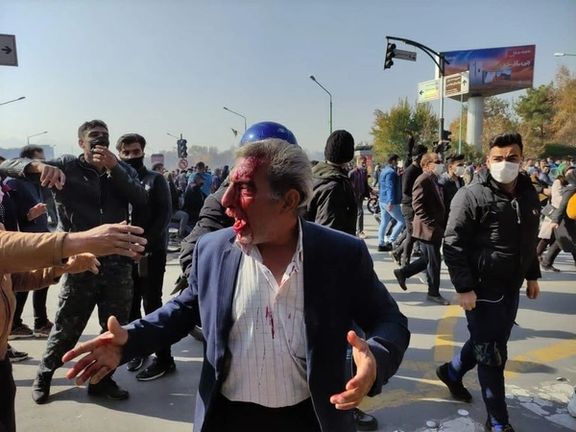
Later in November water protests in the city of Isfahan, the capital of the central province of Esfahan, turned into anti-government unrest. Security forces cracked down on protesters with heavy handed tactics and many were injured by shotgun pellets.
Earlier this month, a large group of people in the city of Shahrekord in southwest Iran held a protest rally after nine days with no piped water. Officials said the problem stemmed from the recent flash floods in the region and the lack of any water treatment plant for the province. Water has been cut in Shahrekord, and four other cities due to the recent floods and increased water turbidity.
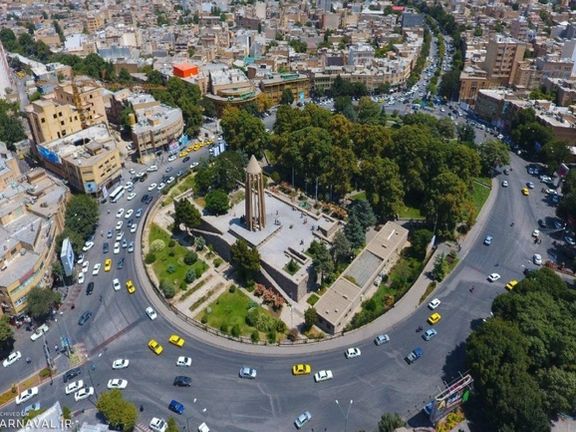
Ironically, despite a dam-building craze in the past 30 years, most of the water from this summer’s exceptional monsoon rains was lost in plains and deserts.
Iran is in the midst of a long drought that has become worse in the past couple of years. Ninety-seven percent of Iran’s land is arid or semi-arid.
The rapid growth in demand for water has led to severe depletion of available sources. The annual renewable water availability per capita reached a crisis level in 2021. Studies by the United Nations Development Program (UNDP) indicate that by 2040 Iran is likely to face a severe water stress level.
Several human factors, experts say, are contributing to the worsening situation: population growth, industrial demand, mismanagement of water resources including allocation to water-intensive industries, and planting many water-intensive crops including rice and sugarcane.
Steel mills are particularly blamed for draining available water resources. Most of Iran's largest steel factories are in arid regions such as Esfahan, Yazd, and Kerman provinces despite the very high water usage in steel production.
Critics blame Iran's development model, or lack of one, in the past few decades and unbalanced sectoral growth for much of the water crisis in the country.
Iran is also among the ten countries in the world that extract most groundwater and a hotspot of land subsidence induced by groundwater withdrawal.
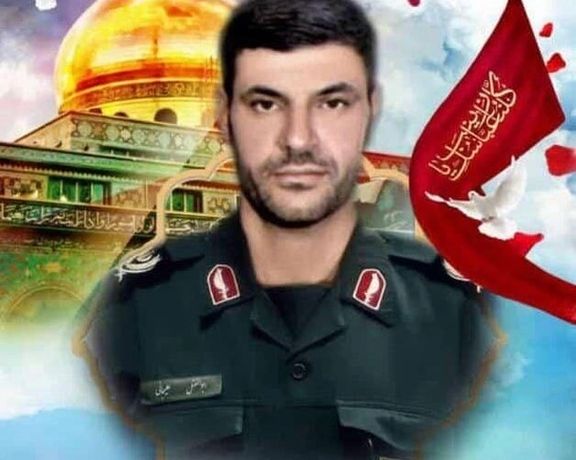
A senior member of Iran’s Revolutionary Guard’s Ground Force was killed in Syria in the early hours of Monday, according to Iranian state media.
Iran’s state-run media claimed that General Abolfazl Alijani was killed as he was serving as a "military advisor" in the country, adding that he was from the central city of Esfahan (Isfahan).
It is noteworthy that the general was not a member of the extraterritorial Quds (Qods) Force but an IRGC Ground Force officer.
Calling him a ‘martyr,’ the state media said his body is to be transferred to Iran in the coming days for his funeral.
There have been recent Israeli strikes, but they do not align with the timing of his death as announced by the Iranian media. The latest such attack was on August 14, when a series of Israeli airstrikes hit Iranian targets close to Russia's main Syrian bases on the Mediterranean coast and areas near the ancestral home region of the Syrian president.
Iran has been deeply involved in the Syrian civil war for more than a decade, deploying tens of thousands of its own forces as well as hired Afghan, Iraqi and Pakistani Shiite fighters, who helped save Bashar al-Assad’s regime, with help from Russia.
However, since 2017 Iran has been trying to set up a presence on the Israeli border, possibly to create a new front to complement what the Lebanese Hezbollah has in southern Lebanon against Israel.
The Israeli air force has conducted hundreds of strikes against Iranian bases in Syria since 2017, targeting mostly weapons transfers and warehouses.
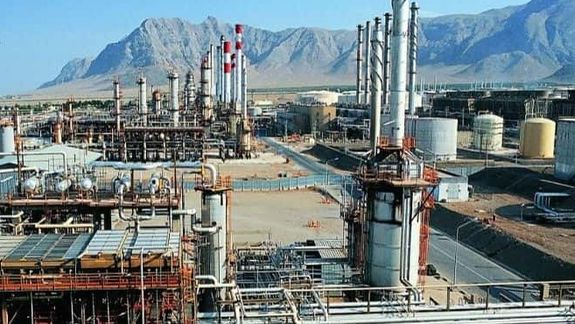
Deatils about a major corruption case at Iran's Mobarakeh Steel Plant have implicated dozens of media outlets, influential individuals and state entities .
Documents posted on social media revealed that some 125 Iranian media outlets have been receiving hefty sums of money from the MSP possibly to turn a blind eye on financial corruption at the company and its widespread financial conglomerate including several wealthy subsidiaries.
Earlier this week, the steel plant, with majority ownership by state institutions, was suspended by the Tehran Stock Exchange (TSE) following a scathing parliament report about an alleged $3 billion corruption case.
On August 22, investigative journalist Saba Azarpeik posted a ten-page list of individuals and legal entities on the MSP's payroll. The list includers several individuals linked to grand ayatollahs, as well as media outlets including the state television and hardline daily Kayhan which operates under the direct supervision of Supreme Leader Ali Khamenei. There were also journalists and newspaper publishers including some well-known reformist figures, state organizations including Iran's notorious Intelligence Ministry, and Friday prayer imams in scores of Iranian cities.
Social media users noted that President Ebrahim Raisi has ordered some of those involved in wrongdoings at the steel plant to be fired. As one user observed, "They are fired to leave the country and have a good time abroad with the windfall money. We expected some punishment, but apparently, no one knows what will happen to the people's money."
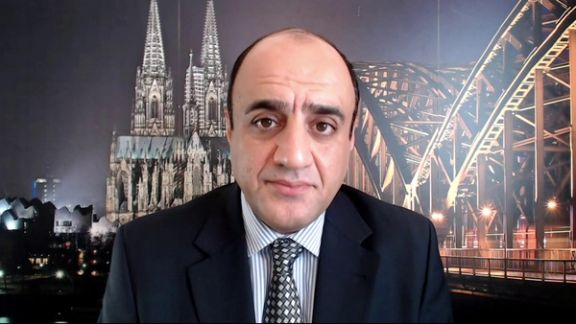
Iranian political analyst Mehdi Mahdavi-Azad said in an interview with Iran International TV that big corruption cases in Iran happen in the absence of supervisory bodies, free media, and an independent judiciary. He said there has been no contract whatsoever for some of the money paid to the media. Mahdavi added that some Twitter influencers were paid to deny any report on financial corruption.
Raisi said while commenting on the unusually big corruption scandal that "Despite financial corruption cases the regime comes clean." Political activist Asieh Amini told Iran International that "Officials have told the media to describe the case as organized corruption rather than systemic corruption to avoid generalizing the wrongdoings to the entire Iranian political system." Like Mahdavi-Azad, Ms. Amini attributed the corruption to lack of transparency of the legislative and executive bodies and the absence of free press and independent judiciary.
Amini said corruption appears quite natural in a non-democratic political structure. Raisi in a way denies the corruption because he knows that systematic corruption is so widespread in the Iranian political system that all parts of the government, the legislative and the judiciary branches contribute to it. She added that many major corruption cases in Iran since the 1990s have ended in a way that everything was swept under the carpet.
Economist Ahmad Alavi explained how a major economic conglomerate which is present in the stock market can be overwhelmed by financial corruption. He said, "The problem is that true privatization is impossible in Iran and the so-called privatized companies are being controlled by the elements linked to the regime and its key people. Even the smallest private companies are usually blackmailed and milked by security officials, IRGC officers and clerics such as Friday prayers imams."
Alavi added that "there are different forms of corruption in Iran including political, economic, judicial, security, and media corruption. Even the educational and sports systems as well as religious and political institutions are corrupt in Iran. In such a system, no company in Iran can evade corruption."
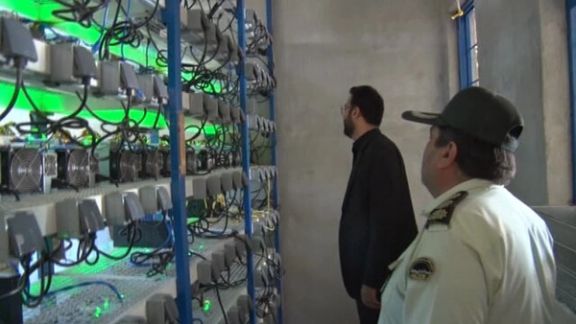
Iranian police have discovered and confiscated 9,404 illegal cryptocurrency mining devices in Tehran since the beginning of the Persian calendar year, which started on March 21.
Kambiz Nazerian, head of Tehran Electricity Distribution Company, said on Monday that the energy-guzzling devices were discovered by inspectors in different districts of the capital.
In recent years, Iranian authorities have regularly announced the discovery of illegal cryptocurrency mining machines in different parts of the country. Many of these operations were based in public locations such as schools and mosques that receive free or heavily-subsidized electricity.
Cryptocurrencies are created through a process known as mining, where powerful computers compete with each other to solve complex mathematical problems. The process is highly energy-intensive, often relying on electricity generated by fossil fuels, which are abundant in Iran.
Iran has a complex relationship with crypto-currencies, which have helped hide various kinds of illicit trades banned by US and other European sanctions.
However, many reports in Iranian media have indicated that large scale crypto mining has been taking place by influential or well-connected networks and some Chinese companies have also been present in Iran using cheap, subsidized electricity.
A 2021 study found that 4.5 percent of global Bitcoin mining – worth around $1 billion then – was in Iran, leading to pressure on electricity supply in peak times and to repeated government assurances that the sector would be better regulated.

Saeed Afkari, the brother of the executed Iranian wrestler Navid Afkari, says their jailed brother Vahid has been threatened with death in prison in Shiraz.
Saeed Afkari said on social media that the warden of Adel-Abad Prison, in southwestern province of Fars, wants to reinstall a surveillance camera in Vahid’s solitary confinement cell for his protection.
Saeed said the warden told him that he has information that “some people” want to take advantage of the lack of a camera inside his cell and kill him. He expressed grave concern for the life of his brother.
Earlier reports said that Vahid had broken the security camera inside his cell a few times, and will not allow the authorities to set up new cameras.
Vahid Afkari was sentenced to 54 years and 6 months in prison and 74 lashes and is held in solitary confinement.
Amnesty International said in June 2021 that Vahid and Habib, another brother who has since been freed, were being subjected to torture and other ill-treatment in Adel-Abad prison in Shiraz, and were denied access to adequate healthcare, fresh air, telephone calls and face to face family visits.
Navid Afkari was arrested along with his brothers Habib and Vahid during protests in Iran in 2018 and was executed despite international campaigns to save his life.
He initially received a death sentence for an “act of war against God” for his participation in protests, the authorities later charged him and his brothers with the murder of a government employee.
According to the Oslo-based Iran Human Rights in September 2021, Shahin Naseri, a prisoner who testified that Navid Afkari was tortured to confess to the killing, died in custody in Greater Tehran penitentiary “in suspicious circumstances”.